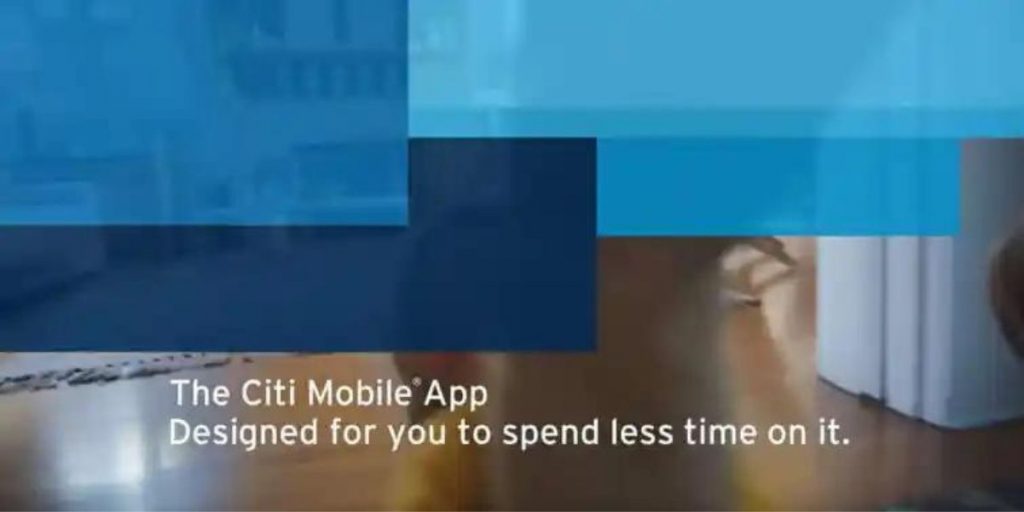
“Today’s smart marketers don’t sell products; they sell benefit packages.”
– Phillip Kotler, the Father of Modern Marketing
The Perils of Feature-Led Messaging
A few weeks ago I was training a private client that is in the financial technology (“FinTech”) industry. Their business has traditionally been B2B, but they are now adding products that serve B2B2C markets. Their customers are banks and mortgage lenders, but their customers are consumers looking to finance or refinance a home purchase. We were discussing how to provide benefit-led messaging to both the customer that pays them, the mortgage company, and the customer that uses their product, the home buyers.
Too many times when I teach this topic, my students come up with feature-led messaging, like “Our Machine Learning system produces more accurate results, more quickly”, or “Our upgraded application offers a best-in-class user experience.” Ugh.
I wanted to provide some examples of great benefit-led messaging to really highlight the difference between rattling off a bunch of features, and communicating the real value that a product offers. Fortunately, great advertising was right at hand as I was watching the World Series in my hotel that night. And it was right in my customer’s target markets.
The Power of Benefit-Led Messaging
The next day I played two TV spots for my students that were excellent examples of highly-technical, complex products that were promoted with very simple, benefit-led messages.
I love the tagline at the end of the second ad
“The Citi Mobile App. Designed for you to spend less time on it.” Brilliant!
Did the Ad talk about integrated API’s, faster response time, or a simple, easy-to-use user experience? Nope. It was all about the benefit – spend less time doing the “banking stuff” you have to do in life, so you can focus on what really matters in life. In this case, being in the moment with your adorable, and literal, ankle-biters.
For my client, as is often the case when you’re developing a B2B2C product, this is even harder, but if you start from the benefit that the end consumers really want to receive, then think through the benefits your B2B customer needs to offer, so they can deliver these consumer benefits, your life as a product manager gets a whole lot easier. Focus on the real benefits you’re delivering, make sure they are the most important benefits your customers need, and then start thinking about the features you need to deliver to realize these benefits.
Sending the Right Message
When it comes time to communicate and promote your benefits, you’ll be ahead of the game. So the second of the earlier problematic messages goes from “Our upgraded application offers a best-in-class user experience” to “Our application now allows your customers to complete their task in 40% less time, giving them more valuable free time.” See the difference?
This outside-in way of thinking is part of the larger message we teach in Optimal Product Management – start from your customers’ needs, identify the benefits your product needs to deliver, and then develop both your product plan and your marketing plan to both actually delivery this benefit, and promote the benefit in your messaging.
How good is your product messaging? What will you do next to ensure your product is delivering real benefits to your customers, not just another list of features?
Want to learn more?
Learn about the Product Management Blueprint, or sign up to take our Optimal Product Management Training course.


